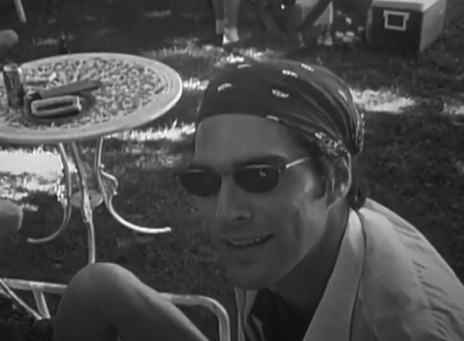Hi, I'm Shin! I'm Located on Vancouver Island in Western Canada and have a passion for the past and diminishing racism and cultural ignorance. Chances are you came here from Tiktok- so please check out my pinned post! I am not an expert in ANY form on colonial history and Indigenous oppression in Canada, but I have tried my best over the past four years to analyze and read over thousands of documents and gather them up to show the truth we so often forget. ****PSA**** I am a white Canadian. I just want to point this out as I do a lot of research regarding immigration, racism, and different cultures, and I want to make it clear that my point of view is from someone who has not struggled with racism during their lifetime. If ANY of my information is wrong, please feel free to correct me in a reply or message!
Don't wanna be here? Send us removal request.
Text

i loved a portion of my chapter so much i had to make it into its own canva piece✨
✧Phases, Chaos & Bittersweet Changes
Chapter 21
" -he watched as his godfather slowly pressed the tips of his fingers to his lips then placed his palm flat against the window and with his heart positively craving his doting touch, Harry instinctively put his own against his side of the pane flush with Sirius’s, his bright green eyes sparkling with tears. He watched as Sirius slowly mouthed words in emphasis so he was able to catch them. ‘Love you so much’ Harry gave a couple hasty nods, fearing if he moved his lips to return the words he would start to cry. When the train started to move Harry jolted in surprise. His lip wobbled dangerously and panic struck him instantly at the knowledge Sirius was about to pull his hand back but instead of him retreating Harry watched as he begin walking slowly along the platform to match the easy pace of the train while keeping his hand right where it was. He didn’t mouth anything more as he walked but Harry didn’t need him too- he could feel all his unspoken words in the way he smiled softly at him, easily , as if he was telling him there was no need to worry at all. He didn’t care about seeming weak or childish at that moment and knew Sirius didn’t care either; he supported him through that emotion just like he always did with every slow consecutive step he took against the brick pavement. Harry knew from muscle memory that they were about to pass out of the platform and hung desperately onto Sirius’s wistful smile and the one quick, reassuring nod he made before suddenly stopping and taking his hand away from the window; Harry could see his thoughts hanging right on his lips before he disappeared from his view; he loved him, believed in him and would see him very soon. "
28 notes
·
View notes
Photo

The British Colonist (Now known as The Times Colonist)
May 10th 1860
(Page 2, Second Column)
[newspaper article text below]
“Clearing The Streets”
About Seven o’clock every evening the policemen begin the arduous task of driving the Indians and squaws back to their encampments. Starting from the centre of Government Street, one walks in a northerly direction to Johnson, and the other southerly towards Yates, and then down those two last streets towards the bridge leading to the villages. Every squaw or buck met on the route is turned “face about” and compelled to precede the policemen; and if found in the streets after dark, is immediately marched off to the “chicamun house,” where they stand a very good chance of losing all the “hair on the top of their heads,” in the morning.
[end of newspaper article]
This was written 6 years after The Douglas "Treaties” were implemented. Definitions of words not widely known under the cut
“Chicamun House”: It seems to mean “jail”, but I can only find this word existing in one document from UBC. Page 24.
“Squaws”: Offensive term for Indigenous woman or wife
“Buck”: Offensive term for Indigenous man
#canada#indigenous opression#canadian genocide#victoria bc#victoria#british columbia#vanisl#old newspapers#canadian newspaper#canadian news#bc#colonial history#british history#canadian history
2 notes
·
View notes
Text
Navigation for Mobile Users!
Hi! If you have been directed here from my Tiktok account, (@piqtescue) here are my main resources for the information I post.
*95% of my research pertains to British Columbia region*
FOR LEGAL/GOVERNMENT DOCUMENTS:
Google Ngram: A very good tool when wanting to see specific terms in graph form + find publically available government documents in mass.
*if not seeing “search in google books” option below graph, re-search term again*
Sessional Papers of The Dominion of Canada (1868-1900): “ Sessional Papers are reports tabled in the House of Commons and published as a set of volumes for each parliamentary session. The reports cover agriculture, banking, trade and commerce, Indian affairs, public lands, railways, and other matters of national concern.”
I have gotten a lot of information from these but kept in mind (as you should too) that these papers are written by the people who actively repressed and destroyed indigenous lives. This is a non-indigenous perspective but includes data about dwindling population and land titles.
The NCTR Archives and Collections: {excerpt from the website} “ Here, Survivors, their families, educators, researchers, and the public can examine the residential school system more deeply with the goal of fostering reconciliation and healing.”
*I have just come to find this website but it is a great first start in educating yourself on the history and outcome of residential schools in Canada.*
FOR HISTORY ON COLONIZATION/INDIGENOUS OPRESSION IN BRITISH COLUMBIA:
Indian Residential School History & Dialogue Centre (IRSHDC): Another main resource of mine. Extensive database of records, media, and residential school locations.
British Colonist Newspaper Archive (Times Colonist): EVERY issue available for free from 1858-1980. One of my main resources for finding out certain historical events, land theft and policies related to Indigenous Oppression in the province of British Columbia. Specific ‘search by term’ option available.
[[*READ WITH CAUTION* as certain language, ideologies and events can be very upsetting and/or triggering to some. Please keep in mind respectful language of that era is completely different and you will need to search accordingly.]]
The BC Archives: Might be hard to navigate when using search filters or trying to find specific documents/photos. I use this for finding information on how the lands of Indigenous people’s have changed drastically due to gentrification and infrastructure and also historic photos pertaining to Indigenous culture.
[[*IMPORTANT* Please use this help guide for navigating the archives. Click the “research orientation guide” to find out how the archives store their documents and check out the “Research Guides by Subject” to narrow what you’re looking for. I HIGHLY recommend physically going to the archives location in downtown Victoria, though.]]
OTHER GREAT RESOURCES FOR EDUCATION ON RESIDENTIAL SCHOOLS/OPRESSION OF INDIGENOUS PEOPLE IN BC:
First People’s Map of BC: Have you ever wondered whose territory you live on? This map can show you that and so much more.
History of The Douglas Treaties (or The Fort Victoria Treaties): The British Colonists (HBC) of Vancouver Island (Victoria) created 14 “treaties” with the people of southern Vancouver Island that was intended as a land purchase but was not explained or relayed that way to the nations of the island AT ALL. This is how the province’s capital and surrounding area came to be what it is today.
The Douglas Treaties (extended): A students work guide about the treaties but has great sources and stories from Chief David Latasse, a man who was there during these treaties. Good read. These set of treaties are of personal interest to me because Vancouver Island is my home and just in my short span of life, I’ve watched the natural beauty of it decay just like it did in all the years before I came to it. Please check out the Fairy Creek Protests for more info on how this island is getting destroyed before our very eyes.
*File comes from a database called “The Governors Letters: Uncovering Colonial British Columbia*
WILL UPDATE WITH MORE RESOURCES SOON!
"ABOUT ME” UNDER THE CUT
Because of the topic of my research, I just want to clarify that I am not Indigenous- I descend from Ukrainian immigrants and am only a fourth generation Canadian. My name is Shin and I’ve lived on MÁLEXEȽ (Malahat) nation land all my life (and a brief few months on SXIMEȽEȽ (Songhees) land. From a very young age, I have been aware of the racism that flows through not only my valley, but my country. From the stories my Indigenous family members have shared with me to the disgusting slurs and treatment thrown around my schools by my peers- I have seen a horrendous display of cruelty and ignorance in my province.
Another reason I am very passionate about diminishing Indigenous racism and oppression is my home and the land it is situated upon. I didn’t enter the cities or towns much and grew up low income, and sometimes was put into unsafe matters. The land I live upon fed my family when we couldn’t afford to, gave me safe places to reside, provided me wood for heating my home in the bitter winters and fresh snow for water when the pipes were frozen. I owe the lands I live upon my entire life and yet- I've spent 20 years sitting by and watching it be logged and logged and logged. For homes, the EVER EXPANDING Malahat Highway and subdivisions. I watched first hand the modern destruction of the forest I live in and the displacement/deaths of HUNDREDS of wildlife. It has always killed and disgusted me that such a sacred, beautiful land was taken from the nation it belongs to and I dream of a world where my home is protected and valued for what it is.
Through the publication of my research, I hope to inform others about the severity of destroyed and logged lands, Indigenous oppression history and how it was implemented in our province and country. Thank you for taking the time to watch my posts.
#canada#british columbia#indigenous opression#canadian#canadian genocide#colonial history#fort victoria#vancouver island#vancouver#vancouver bc#kamloops#residential school#residential schools#segregation#canadian segregation#vancouver island check#vanisl#vanisl vibes#canucks#islanders#cowichan#cowichan valley#canadian history#aboriginal opression#alberta#saskatchewan#manitoba#ontario#quebec#prince edward island
4 notes
·
View notes
Photo


HBC Fur Trading Post B.411
Nunavut, Canada
1950′s-Present
#canada#canadian history#hudson's bay company#hudson's bay#hbc#nunavut#post-war era#1950s photography#1950's#war history#nunavut history#arctic region#snow#ice#winter#winter aesthetic#black and white#black and white aesthetic#b&w#b&w aesthetic#history#history aesthetic#north america#north american history
0 notes
Video
Snow flakes falls softly into crystal clear water. Beautiful. Source
120K notes
·
View notes
Photo
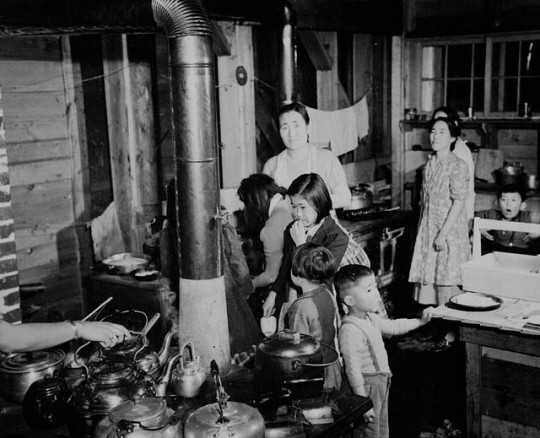
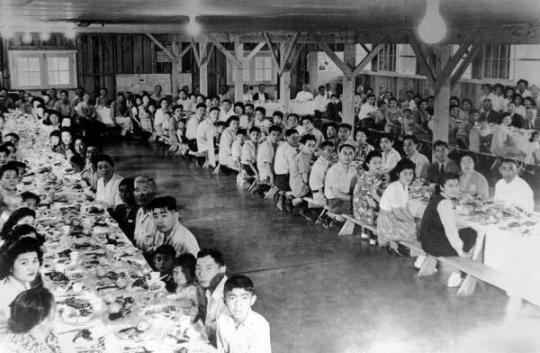
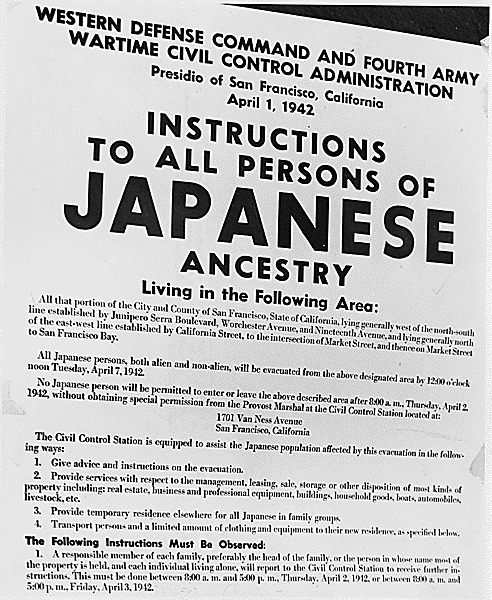
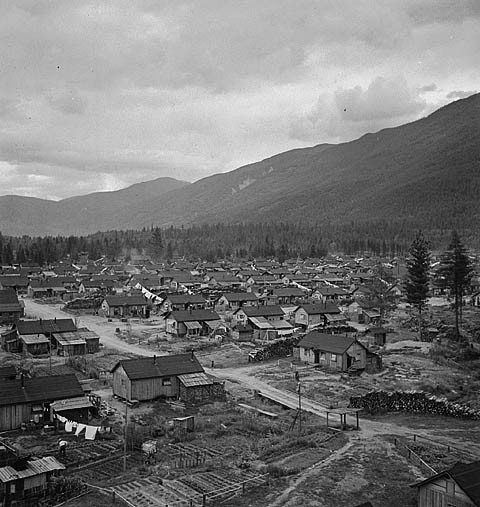
Japanese Internment in Canada during World War II.
I had always known about Japanese internment in the United States, having studied World War II as a child and having taught lessons on it when I was a teacher. Today it’s a topic that’s becoming more and more common in the popular consciousness of America. However a topic I recently learned about is quite surprising, something I had never known before. Canada also interned people of Japanese ancestry during World War II.
The road to Japanese internment in Canada began only one day after the attack on Pearl Harbor. On December 8th, 1941 the Canadian government ordered the impounding of 1200 Japanese Canadian owned fishing vessels, a move that was seen as a defense measure. From here a number of measures were passed which served as stepping stones to internment. On December 17th, 1941 all persons of Japanese descent were required to register with the Royal Canadian Mounted Police. On the 29th of February, 1942 the Defense of Canada Regulations were amended to forbid Japanese Canadians from owning land or growing crops. On the 26th of February, curfews were instituted, and Japanese Canadians were forbidden from owning motor vehicles, cameras, radios, firearms, ammunition, and explosives. Finally, on March 4th, the War Measures Act was amended to evacuate Japanese Canadians from the Pacific Coast.
Altogether around 27,000 people, 14,000 of which were native born Canadians and some of which were veterans of World War I, were forcibly removed from the Pacific Coast. Most were interred in hastily built camps in the interior of British Columbia. Around 2,000 were forced to work in road camps, basically mobile camps that performed maintenance on roads, railways, or other transportation infrastructure. Another 2,000 were forced to work on beet farms in the prairies. All property that couldn’t be carried was seized and sold off for pennies on the dollar. This included land, houses, businesses, boats, vehicles, various valuables and personal items. Financial items were also seized such as stocks and bonds, while bank accounts were frozen and seized. The money raised by liquidating seized property was used to fund the internment program.
Living conditions in the camps were rough. Many of the camps consisted of hastily built shacks and shanties,some were tent cities, some were ghost towns left over from long abandoned logging operations, while some were nothing more than farm buildings and animal stalls. The only item the government provided for internees was a potbellied stove. Everything else, including food, clothing, and toiletries had to be bought from special government commissaries. Since the internees had all of their property and assets seized, they often had no choice but to take part in menial work projects in order to feed and clothe themselves and their families. The Red Cross even had to bring in food shipments so that those who couldn’t work, such as the elderly or infirm, wouldn’t starve.
The war ended with Japan’s official surrender on September 2nd, 1945. However, newly freed internees found that they couldn’t return home. In August of 1944 Prime Minister Mackenzie King announced that Japanese Canadians who were to be repatriated after the war were forbidden from living west of the Rocky Mountains. This was actually a part of government policy to resettle Japanese Canadians, and drew popular support from Canadian voters. Parliamentarian Ian Mackenzie stated,
“It is the government’s plan to get these people out of B.C. as fast as possible. It is my personal intention, as long as I remain in public life, to see they never come back here. Let our slogan be for British Columbia: ‘No Japs from the Rockies to the seas.’”
Newly freed internees found that they were legally forbidden from returning home but had to move east to new homes in eastern part of the country. Some refused to move east and were deported as a result. Most internees were unable to move east, having no money, means of transportation, or personal possessions, and likewise were forcibly deported. Altogether 3,964 Japanese Canadians were deported after the war. Even the 200 Japanese Canadians who served in the Canadian Army during World War II returned to find that they had no rights, could not return home, and risked deportation. The policy of forbidding Japanese Canadians west of the Rockies remained in place until 1949.
In 1988 Prime Minister Brian Mulroney made an official apology for the internment program. All Japanese Canadians affected were awarded a $21,000 compensation package.
2K notes
·
View notes
Photo

Smith Island 1970
(Washington, USA)
Wolf Bauer
#history#canadian history#lighthouses#islands#1970s#70s aesthetic#1970s aesthetic#beaches#island aesthetic#british columbia history#washington history#san juan islands#western america#american history#american beaches#american islands#abandoned#abandoned islands#20th century history
19 notes
·
View notes
Photo
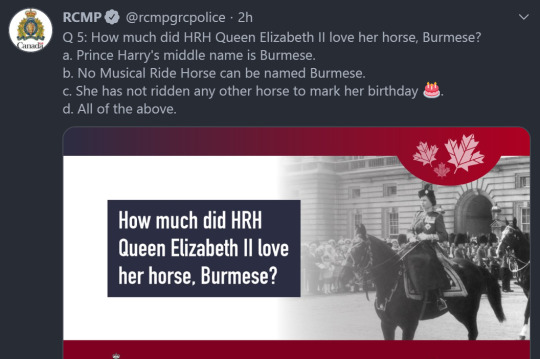
Obviously they can’t talk about serious matters on a social platform, but here’s what their posting while their fellow officers kill innocent people. Kind of revolting…
Oh, and also this happened yesterday:
Nursing Student in BC physically injured upon “wellness check” by RCMP officer.
11 notes
·
View notes
Text
Reblog if you believe the BLM Movement is good, and that we need the protests.
Trying to prove a point to my racist mom.
1K notes
·
View notes
Photo


1986//2007
Victoria Train Station; Johnson St. Bridge
#canadian history#bc history#vancouver island history#canada#british columbia#bc#vancouver island#victoria#victoria bc#shawnigan#malahat#cowichan valley#shawnigan history#cobble hill history#malahat history#cowichan valley history#british columbia history#history#local history#historic bc#historic canada#1900's#cobble hill#van isl#history photography#trains#e&n railway#cpr railway#train tracks#comparison photos
2 notes
·
View notes
Photo

Sisters of St. Ann “Indian School”, Cowichan, British Columbia.
What is now Providence Farm on Tzouhalem Rd, was once a residential school for girls. This was one of the original buildings, unsure if it still remains. A grim reminder of the horrible treatment Aboriginal Canadians had to face.
Taken in 1864
#canadian history#shawnigan#malahat#cowichan valley#bc history#vancouver island history#canada#british columbia#bc#vancouver island#shawnigan history#cobble hill#cobble hill history#malahat history#victoria#victoria history#british columbia history#history#local history#historic bc#historic vancouver island#historic british columbia#historic canada#1900's#1800's#1900's history#1800's history#van isl#history photography#residential school
6 notes
·
View notes
Photo


Catholic Church, Shawnigan BC
1965//2015
((once known as Malahat School))
#canadian history#bc history#vancouver island history#canada#british columbia#bc#vancouver island#shawnigan history#malahat history#shawnigan#malahat#churches#history#historic bc#historic canada#historic churches#1900's#1800's#b&w#comparison#cobble hill history#cowichan valley#cowichan valley history#van isl#comparison photos#history photography#catholic#christian#religious#religious photography
0 notes
